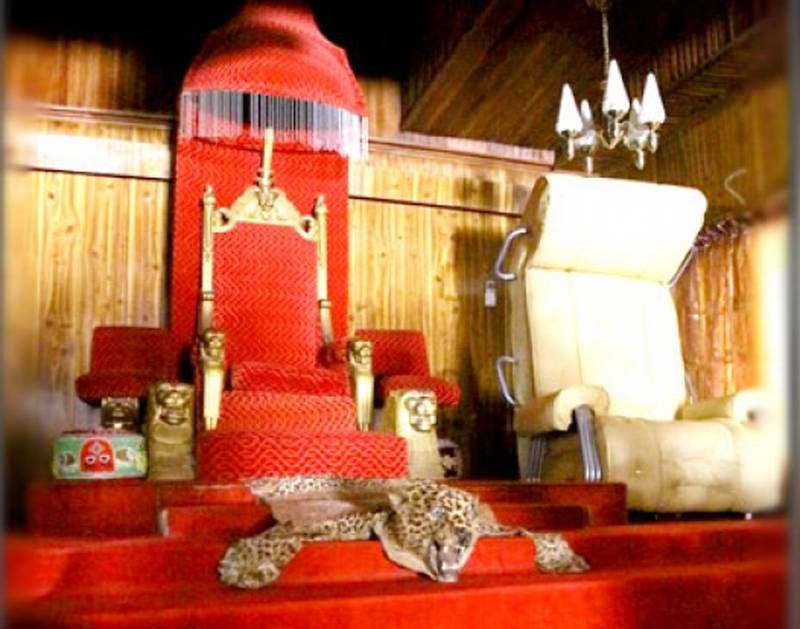By Revd Dr Kolade Oladele
The institution of the Alaafin has been an integral part of Yoruba history, with its paramountcy rooted in the Oyo Empire’s expansive territorial reach, military prowess, and sophisticated governance structure. This legacy of imperial authority has been sustained through centuries, shaping the cultural, political, and social fabric of the Yoruba people.

Historical Context
The Oyo Empire’s ascendance to power in the 14th to 19th centuries cemented the Alaafin’s position as a paramount ruler, exercising dominion over a vast territory and commanding a complex network of trade and diplomacy. The Alaafin’s governance structure, characterized by a delicate balance of monarchical and administrative powers, ensured a period of relative stability and prosperity.
Paramountcy and Influence
The Alaafin’s paramountcy was acknowledged by other Yoruba kingdoms, with the Ooni of Ife recognized as the spiritual figure, while the Alaafin wielded supreme political authority. The Alaafin’s influence extended far beyond the borders of Oyo, with diplomatic correspondences and archival records documenting interactions with other kingdoms and European powers.The title “Alaafin” itself is a testament to the monarch’s exalted status, derived from the Yoruba phrase “Aláyé l’ó f’ìn,” meaning “He who possesses the world and spreads his authority over it,” or “the owner of the palace.”
Challenges and Controversies
Despite the Alaafin’s well-established paramountcy, the Yoruba paramountcy debate has been a recurring theme, with some quarters contesting the Alaafin’s supremacy. Such contentions are 21st-century, politically motivated struggles. The 1978 judgment by Justice Adewale Thompson and the 2014 Supreme Court ruling (SC/104/2008) have, however, reaffirmed the Alaafin’s paramountcy in matters of chieftaincy. Regrettably, modern-day politicians and monarchs have sought to manipulate historical narratives, fueling tensions and debates that threaten the stability of the region.
Cultural Significance
The Alaafin plays a vital role in preserving Yoruba cultural heritage, including the Sango Festival and other traditions that have been passed down through generations. The institution of the Alaafin has made significant contributions to Yoruba civilization, shaping governance, art, and culture in ways that continue to resonate with the Yoruba people today.
Conclusion
In conclusion, the paramountcy of the Alaafin in Yoruba history is a legacy of imperial authority and cultural eminence, rooted in the Oyo Empire’s rich history and cultural significance.
Understanding the complexities of Yoruba history and the role of the Alaafin is crucial for appreciating the region’s rich cultural heritage and promoting unity among Yoruba-speaking states. By examining the historical context, paramountcy, and cultural significance of the Alaafin, we can gain a deeper appreciation for the enduring legacy of this institution and its continued relevance in modern times.
Alaafinnate should be a thing of pride to every Yoruba home and abroad — a confluence of unity and synergy.

